The Voyager explorers, which provided scientists and the world with the first detailed pictures of faraway planets, were designed and tested during 1972 to 1977. The two most intelligent machines ever built in the NASA space program, the explorers were launched from Cape Canaveral, Fla., in 1977. Voyager 2 was launched first on August 20, followed by Voyager 1 on September 5.
1970-1979
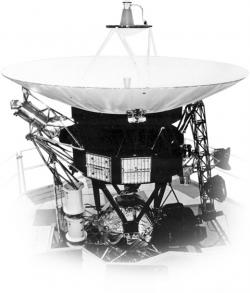
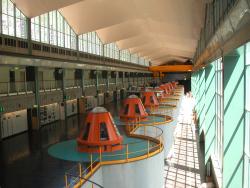
The scheme virtually reverses the flow of the Snowy River from its natural course toward the ocean and directs it inland. The entire complex includes 16 dams, seven power stations (with a production capacity of 3,740,000 kilowatts), over 90 miles of tunnels, a pumping station, and 50 miles of aqueducts.
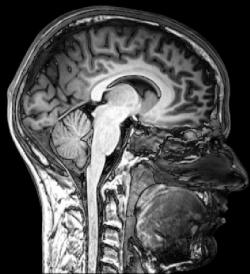
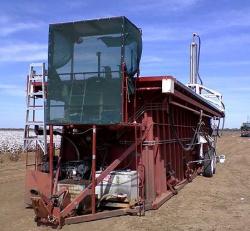
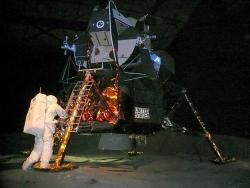
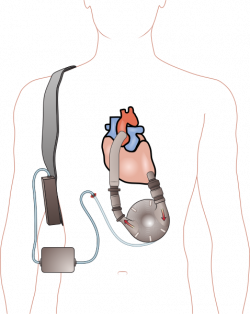
This is the first extremely smooth, surgically implantable, seam-free pulsatile blood pump to receive widespread clinical use. In its use in more than 250 patients, it has been responsible for saving numerous lives. When used as a bridge to transplant, the pump has a success rate greater than 90 percent. There has never been a device-failure-related fatality of any of these patients. A successful heart-assist pump could save an estimated fifteen thousand individuals annually.



